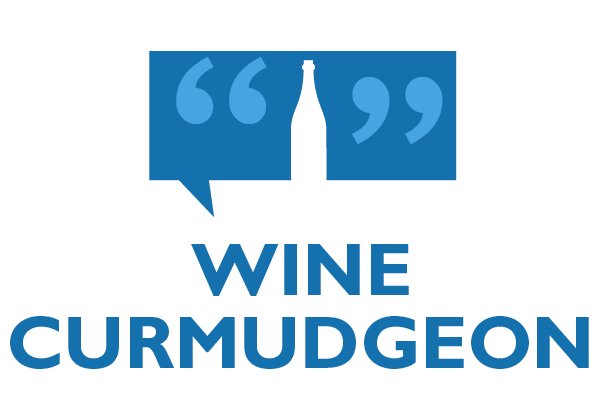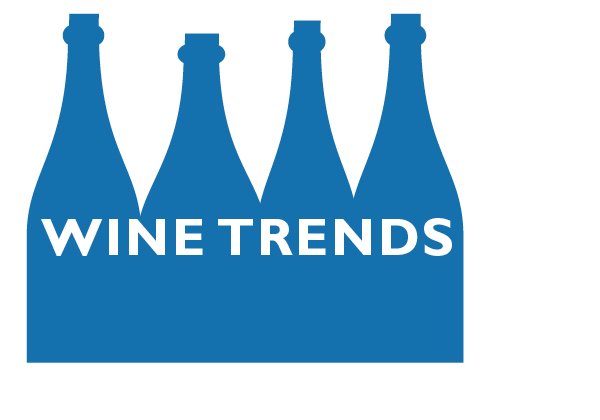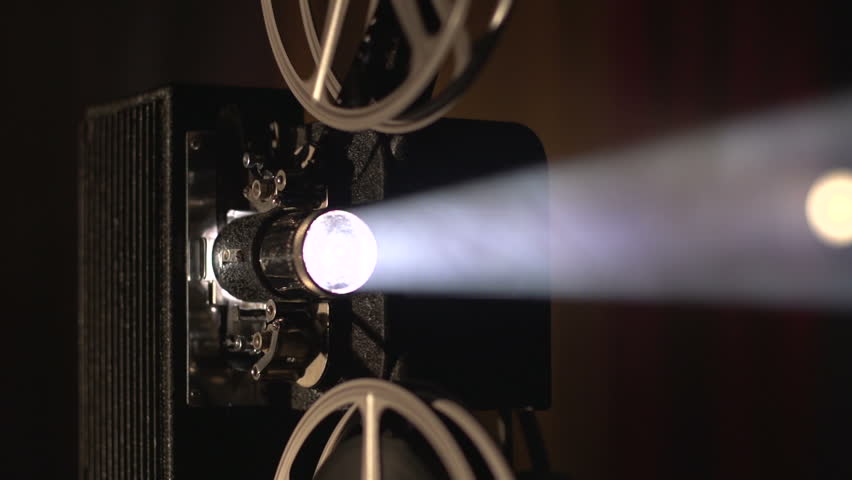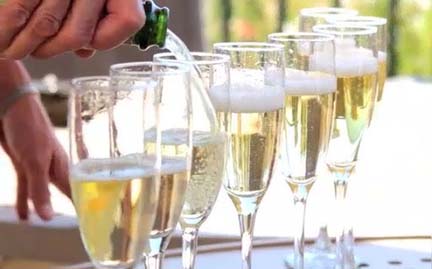
This week’s wine news: Why restaurant wine is so expensive, plus consumers want lower prices and Spanish producer aims at recycling
• More sad news: How does $17 a glass for restaurant wine sound? No, I’m not making it up. Rather, Esther Mobley reports in the San Francisco Chronicle, that’s the normal price of a glass of wine at Bay Area restaurants. She lists the increases at several of the region’s “affordable” wine list spots, and some are even more than $17. The reasons are familiar (inflation, high business costs), but the results show once again that wine in restaurants is increasingly reserved for aging Baby Boomers, tech moguls, and the rest of the one percent. That’s hardly good news for wine, is it?
• Lower prices: Kroger says “saving money is top of mind for shoppers.” There are some caveats to the results of this survey; it was conducted by a Kroger subsidiary, for one thing. But tits finding are still worth nothing: 56 percent said saving money is their top financial resolution for 2023, while almost tow-thirds are scaling back on non-essentials and just short of one-half are purchasing fewer items. This is more bad news for wine, which is not an essential and which can be given up to save money by people want to save money.
• Bottle recycling: Spanish producer Familia Torres is trying to set up a European system for reusing wine bottles. Torres has long emphasized green policies, and it even has an executive with the title “director of climate change.” The story says the company wants to establish bottle standards to work across the European Union – size and glass ingredients, for example, so that a German bottle could be recycled in France, a Spanish bottle could be recycled in Italy, and so forth. Are you listening to this, Big Wine?












 This week’s wine news: U.S. organic wine may have suffered a serious setback when Frey Vineyards burned, plus customers want top-notch service and more bad news for restaurants
This week’s wine news: U.S. organic wine may have suffered a serious setback when Frey Vineyards burned, plus customers want top-notch service and more bad news for restaurants Restaurants have millions of dollars in reasons not to price their wine fairly
Restaurants have millions of dollars in reasons not to price their wine fairly